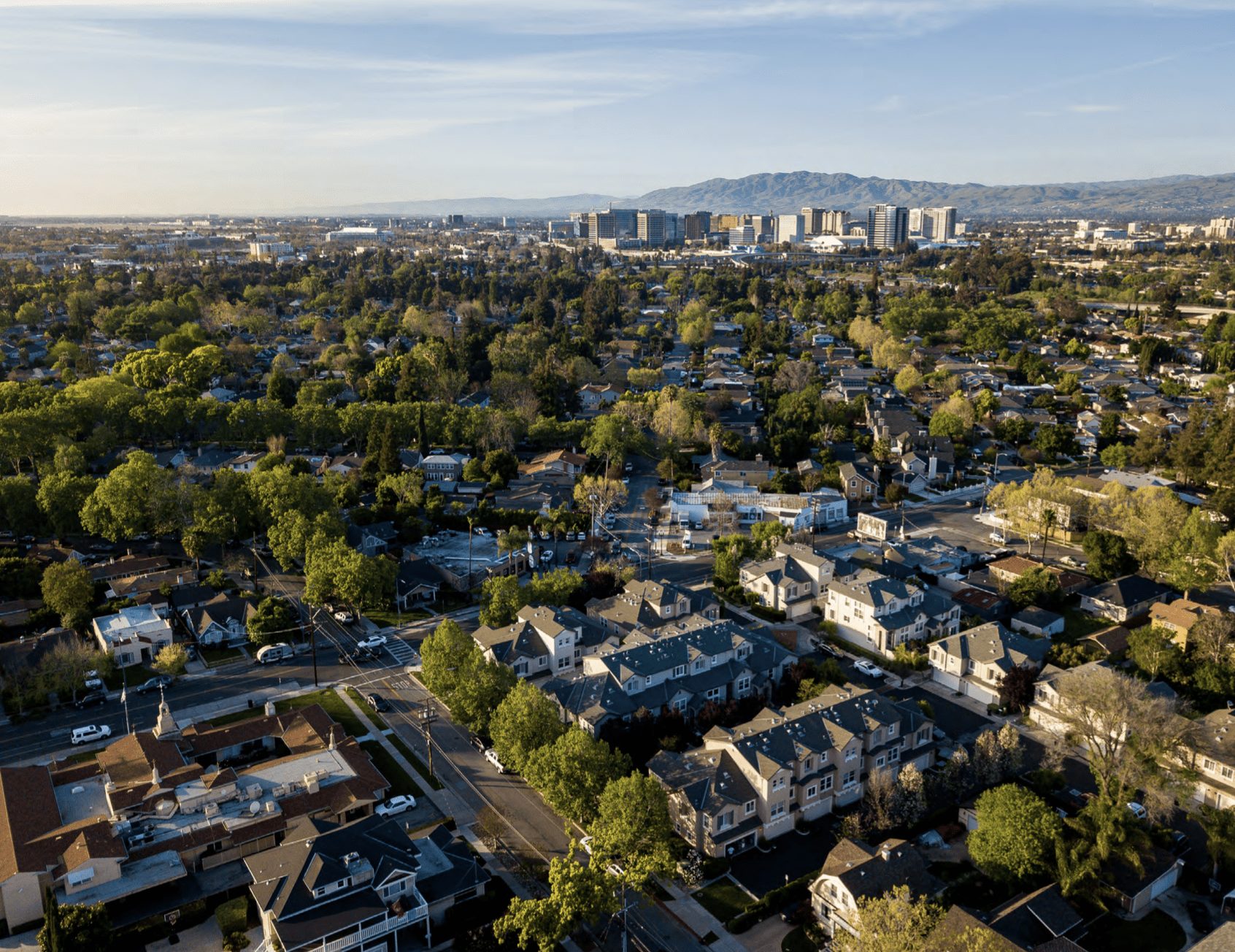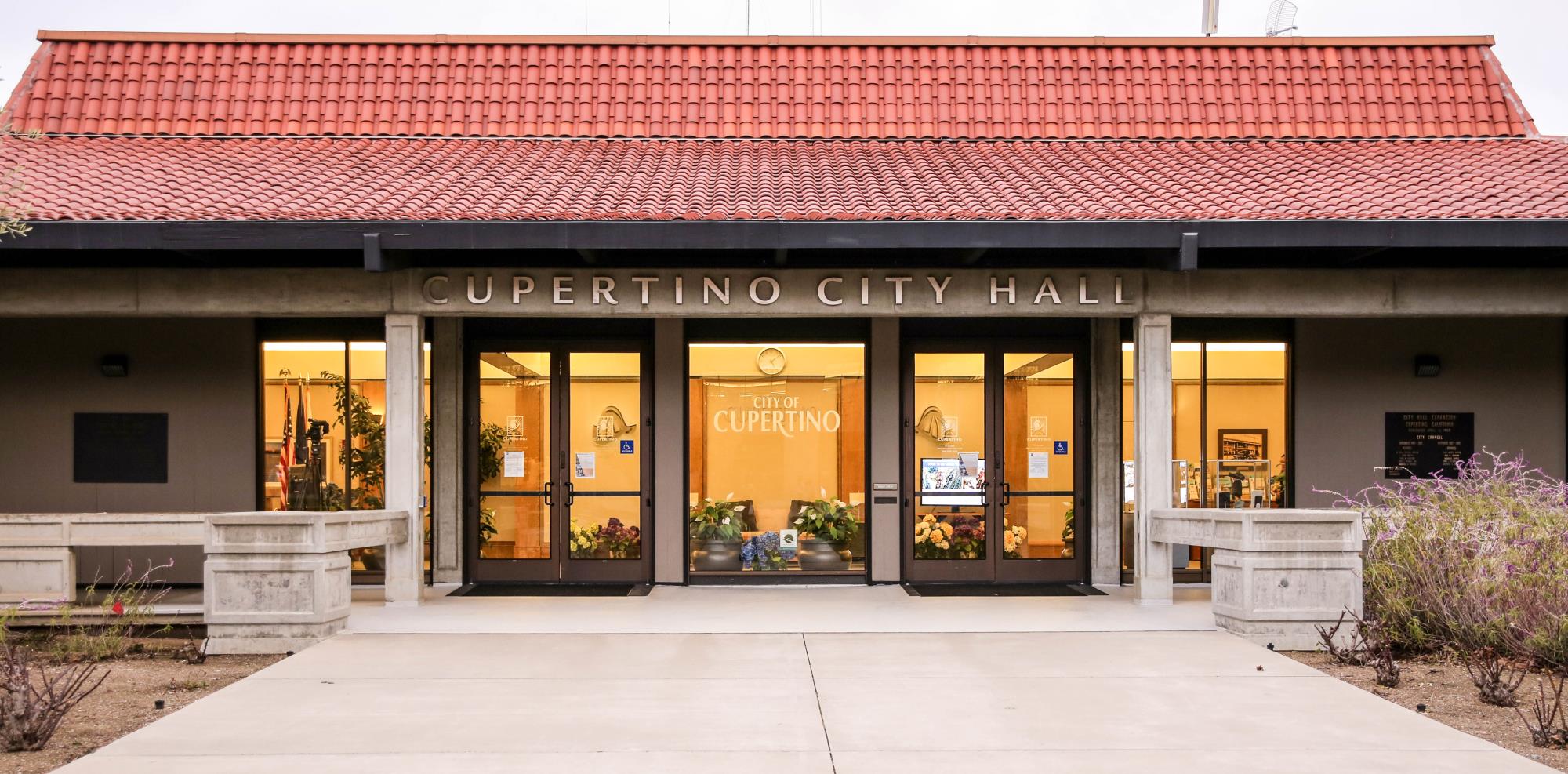In the first half of 2025, California’s home sales remained flat compared to the previous year, despite a slight increase in June. Meanwhile, the statewide median home price fell for the second consecutive month, reflecting market uncertainty and elevated mortgage rates. For the economy, retail sales rebounded in June buoyed by consumer spending resilience. Tariff-induced price increases, however, might have played a role in the bounce back, as inflation also showed a bigger jump in June. As such, the Fed is largely expected to stay put on rate cuts in their upcoming meeting at the end of July.
Home sales were flat in the first half of 2025 compared to last year: California home sales bounced back in June with an increase of 4% from the previous month but remained below last year’s level by 0.3%. The year-over-year decline marked the third consecutive drop and was the first time since late 2023 that annual sales fell three months in a row. Year-to-date sales for the first half of 2025 were up 0.2% but may fall behind last year’s pace if market activity remains stagnant. Statewide pending sales declined for the seventh consecutive month in June, posting the largest year-over-year drop since January 2025. With mortgage rates rising steadily in the past couple of weeks, housing demand will likely remain soft for the month of July.
California experienced back-to-back declines in prices: California’s median home price fell for the second straight month in June, slipping below the $900,000 mark for the first time in three months. The median price of $899,560 declined 0.1% from May and 0.1% from the same month of last year. June’s monthly decline was not in line with the historical average gain of 0.8%, suggesting non-seasonal factors such as market uncertainty and elevated mortgage rates are having a negative lingering effect on housing demand and home prices. Seasonal patterns and further growth in housing inventory could soften home prices further in the coming months, which means the market may have already seen the peak price of the year. Despite the recent slowdown in prices, the state is still on track to register a modest single-digit year-over-year price gain in 2025.
Total housing starts ticked up but single-family homebuilding hit 11-month low: Housing starts bounced back in June after hitting a five-year low but continued to stay below their year-ago level, according to the latest report released by the Census Bureau. Total housing starts rose 4.6% from May and posted a seasonally adjusted annual rate of 1.32 million last month. The bounce back was driven by a surge in highly volatile multifamily starts, which jumped 30.6% from 317k in May to 414k in June. Single-family housing starts, on the other hand, dropped 4.6% month-over-month in June to 883k units and were down sharply by 10% year-over-year. Housing permits continued to suggest a softer outlook for the construction industry and inched up 0.2% from May and declined 4.4% from a year ago. Single-family permits slipped month-over-month with a dip of 3.7% and were down year-over-year by 8.4%. The West (-6.1%) had the biggest monthly drop in single-family permits, but the Midwest (-3.2%) and the South (-3.2%) also pulled back last month. With tariffs creating uncertainty for the economy and higher homeownership costs weighing on housing demand, construction activity is expected to remain soft in the months ahead.
Inflation is getting warmer in June: Goods and services costs for consumers experienced the largest monthly increase since January as the effect of tariffs began to percolate into prices in June. The Consumer Price Index (CPI) last month was up 0.3% from May as both food and energy prices went up. On a year-over-year basis, the headline CPI went up by 2.7% and recorded the highest yearly growth in four months. Excluding energy and food, core CPI registered a year-over-year gain of 2.9% last month, which was also the highest in four months. While vehicle prices continued to trend down on a monthly basis, tariff-sensitive items such as apparel and household furnishings saw price increases in June. The wholesale inflation measure, on the other hand, was unchanged last month. The headline producer price index (PPI) was flat with a 0% change between May and June, and so was the core PPI. Goods producer prices, however, rose 0.3% last month and the increase was the latest indication that tariffs were starting to lift inflation. The two latest reports imply that the inflation threat is far from over and the effects of tariffs will become more evident in the second half of 2025, especially if higher duties were to be implemented on August 1.
U.S. retail sales bounced back partly due to tariff-driven price increases: American shoppers spent more than expected in June, as consumer spending rose strongly last month after a sharp decline in May. After falling 0.9% month-over-month in May, U.S. retail sales rebounded with a 0.6% gain in June, beating consensus expectations of 0.2% increase polled by the Wall Street Journal. The increase was driven in part by a solid growth in demand for motor vehicles (+1.2%), but a 0.6% gain in bars and restaurants’ sales also boosted the overall retail sales last month. Almost all major store types improved in sales in June, except for furniture stores (-0.1%), and electronics and appliances stores (-0.1%). On a year-over-year basis, retail sales were up by 3.9%, a bounce back from the growth pace recorded in May. Control group sales, which exclude volatile categories such as food services and gasoline stations, have slipped to the lowest annual rate in eight months though. Since the reported retail sales figures are not adjusted for price increases, tariff-induced inflation could also have pushed the overall sales up a notch. According to Wells Fargo analysis, the yearly gain in real retail sales after inflation adjustment was 3.2% in June, which is the smallest increase since August 2024. The bump-up in consumer spending, nevertheless, is still a pleasant surprise about the U.S. economy and is a reminder that the American consumer should not be counted out just yet.
Curious about what’s going on in your local market? As your trusted real estate resource, I’m always here to help—feel free to reach out with any questions. I’m just a phone call away!


 Facebook
Facebook
 X
X
 Pinterest
Pinterest
 Copy Link
Copy Link









